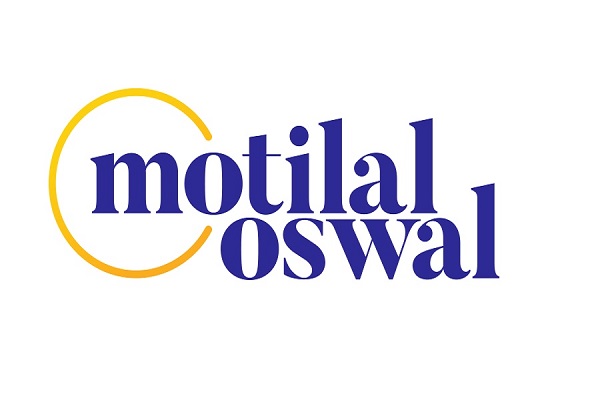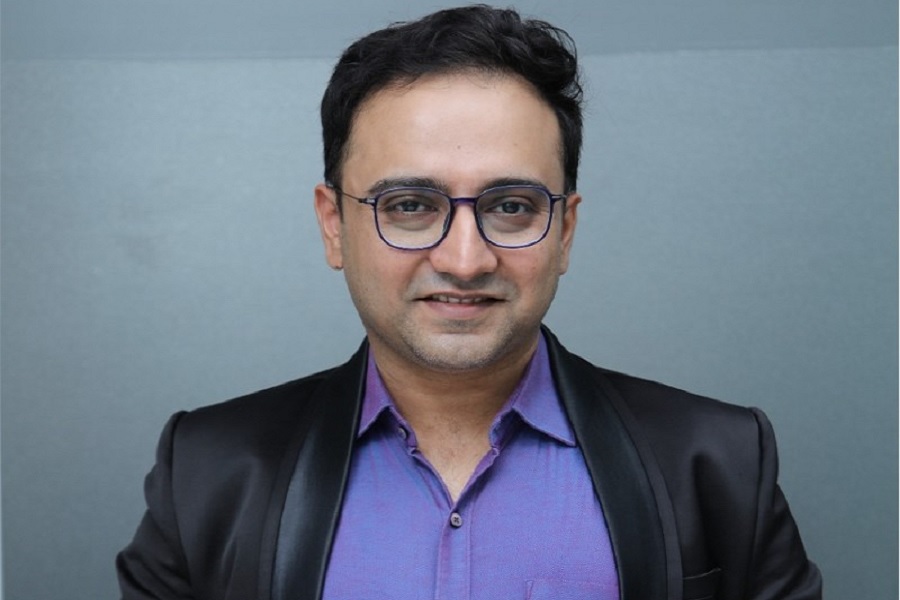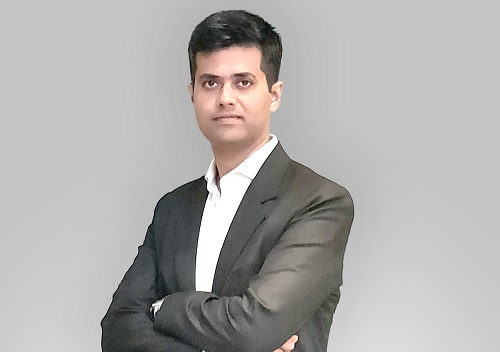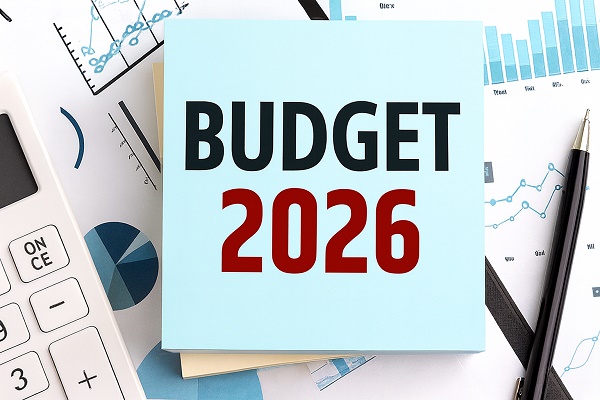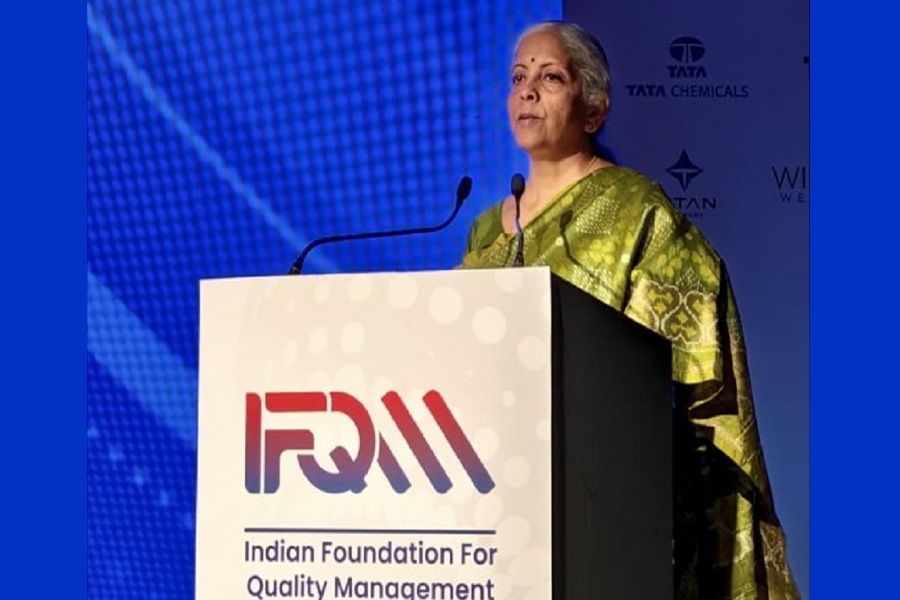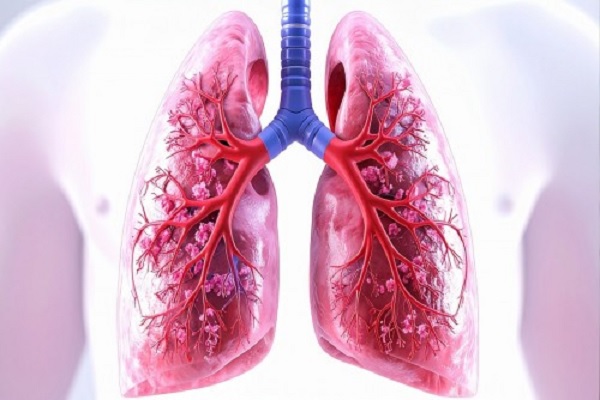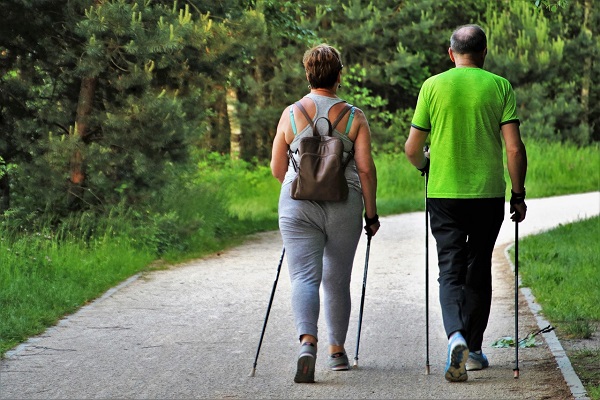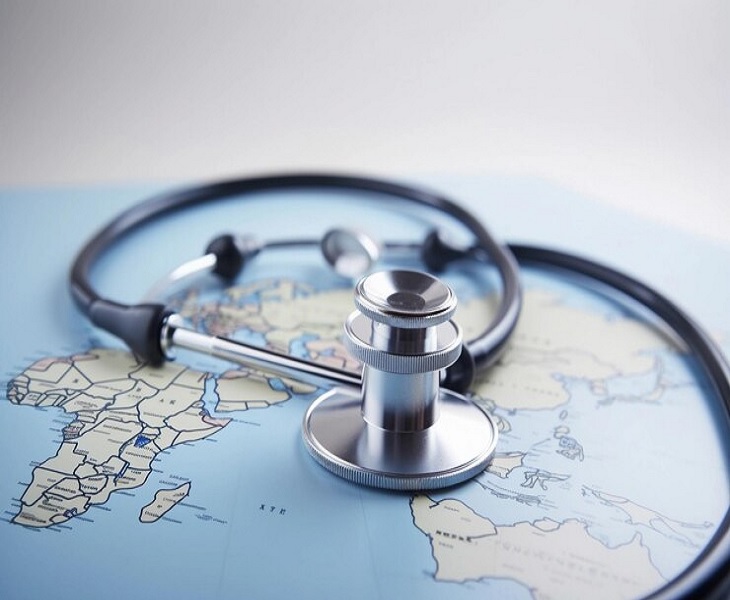Health Tourism and the Rise of Medical Education Toys: A New Era of Learning and Awareness
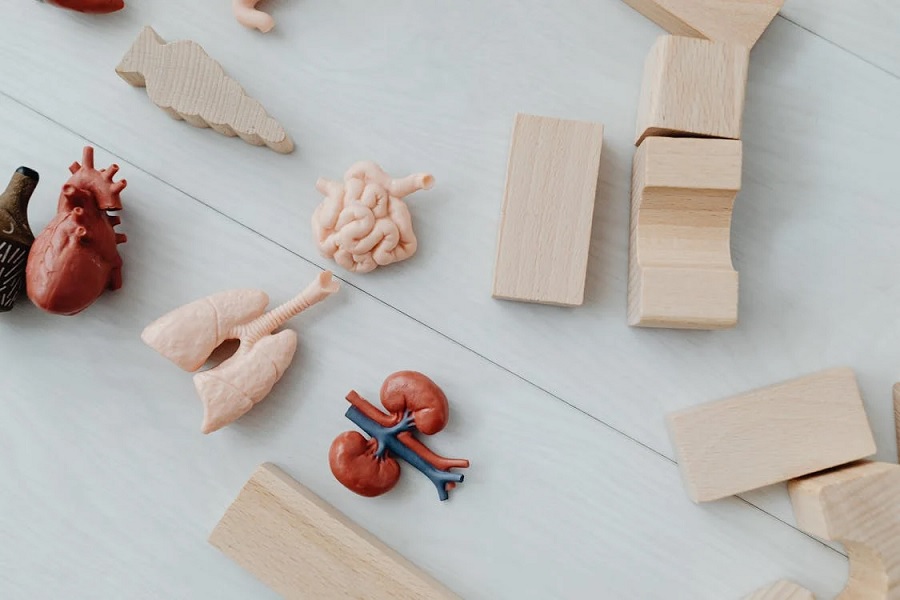
In the evolving landscape of health tourism, a new dimension is emerging that emphasizes medical education, awareness, and preventative care—not just treatment. The image above, featuring realistic anatomical models of human organs like the heart, lungs, kidneys, intestines, and pancreas, alongside wooden blocks typically used in children's play, captures this shift toward early health education and public awareness, integral to modern health tourism.
Understanding Health Tourism
Health tourism, often referred to as medical tourism, involves traveling to another country to receive medical treatment. Traditionally, it includes surgeries, dental care, fertility treatments, and wellness therapies. However, with the rise of global health consciousness and educational innovation, health tourism is expanding to include health education experiences, preventive care, and family wellness retreats.
Education and Prevention: A Growing Trend
The anatomical models in the image represent an educational tool used to teach people—especially children—about their bodies in an engaging and tactile way. Countries investing in health tourism are now integrating interactive health learning centers and family-friendly medical museums into their offerings. These serve dual purposes:
Educating patients and families about anatomy, disease prevention, and healthy living.
Promoting early diagnosis and lifestyle management, especially for conditions like diabetes, heart disease, and respiratory disorders.
Medical Tourism for Families
Modern health tourism isn’t just for the sick—it is becoming a family-centered approach to health. Destinations are designing packages where:
Parents receive check-ups or treatments, while children engage in interactive medical learning.
Families participate in wellness programs including yoga, nutrition education, and fitness workshops.
Institutions offer health literacy workshops for international visitors, helping them understand critical topics like organ function, hygiene, and disease prevention.
Enhancing the Patient Experience
The combination of healthcare with innovative educational tools like those shown in the image improves the patient experience by:
Reducing anxiety about medical procedures, especially in children.
Creating an informed patient population, leading to better outcomes.
Encouraging cross-generational learning and awareness about health.
